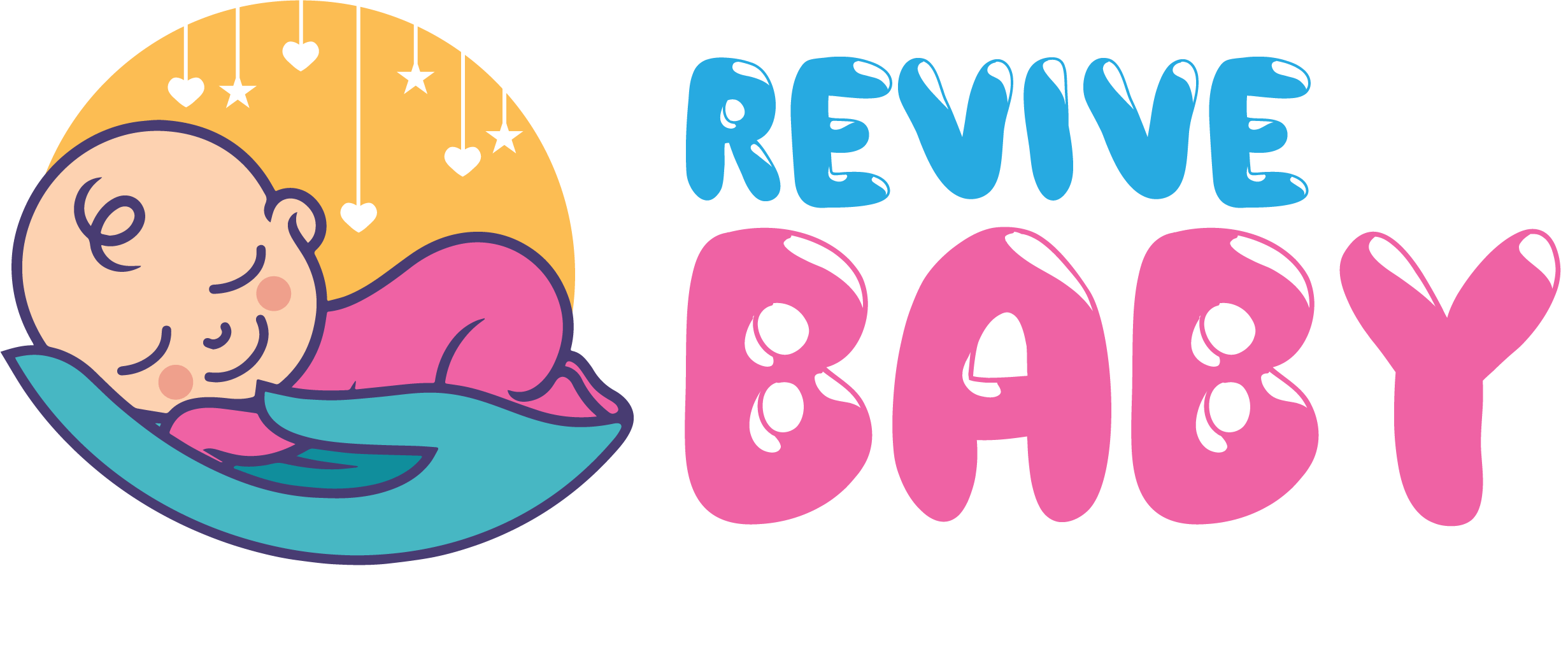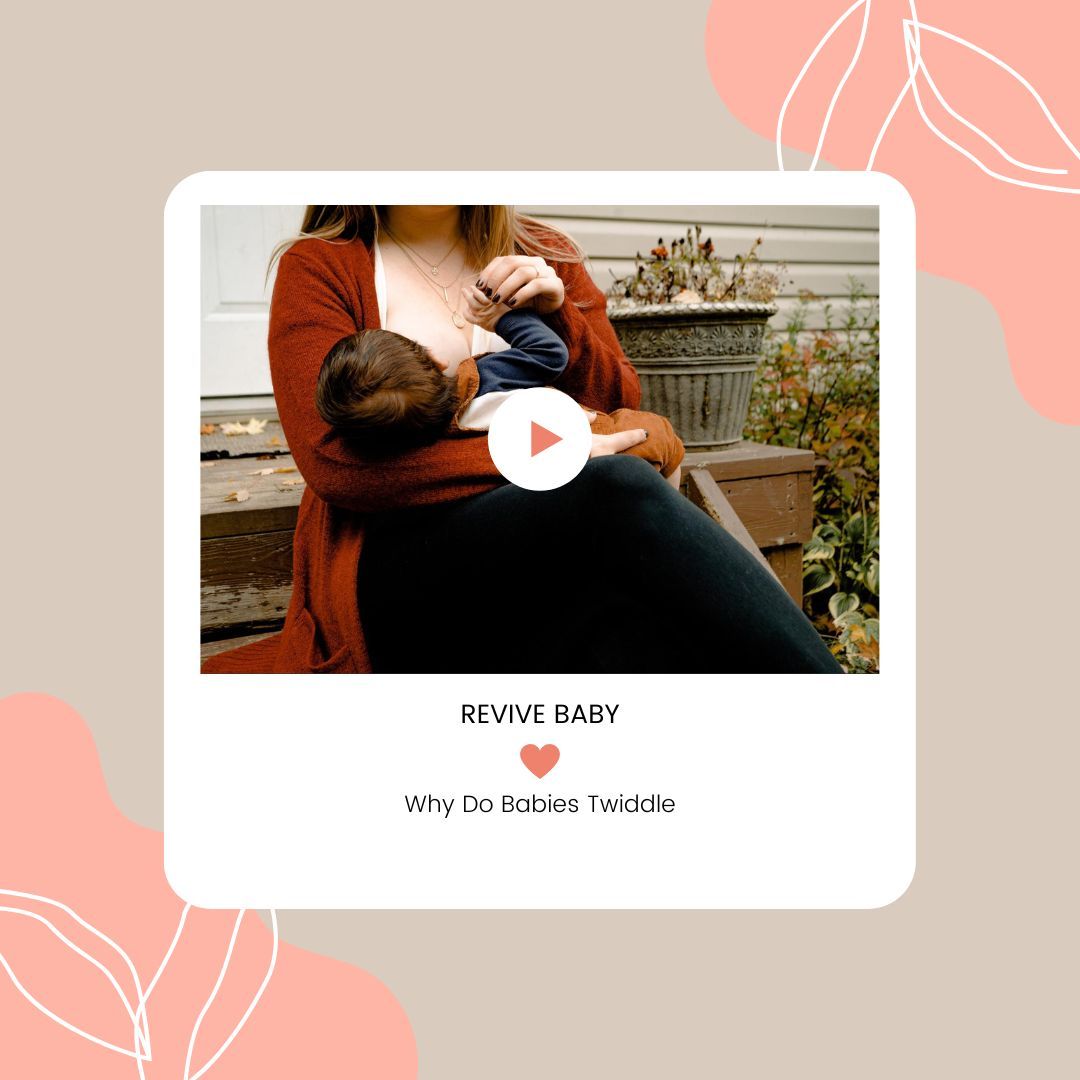Babies find it soothing, and they enjoy twiddling. Some mamas are smart, and they use toys for that. But it's a natural process, and it is good for really hungry babies.
The more the breast is emptied, the more milk production. Let's make it easier for you to understand it. This article will help you to know more about why babies twiddle.
What Is Twiddling?
During breastfeeding, your baby starts pinching your other nipple, scratching your lips and skin, pulling your hair and grabbing your ears, etc.; this is known as twiddling. A mom can bear the sweet and gentle twiddling, but if the baby is rough, the mother will have to face some real pain.
It might sound funny, but some moms are indeed the victims of their little ones. They get attacked by their babies and do nothing except bear it with patience.

Twiddling Includes
- Pinching the skin
- Slapping face
- Scratching skin
- Pulling hair
- Hair twirling
- Putting fingers in mom's mouth
- Playing and pinching the other nipple
- Punching the other breast
Why Do Babies Twiddle While Breastfeeding?
Every mother wants to nurse their baby by sitting comfortably in bed and the baby playing with toys or their shirts without scratching, pinching, and grabbing the mom. This dream can be true. But first of all, you have to understand why that happens.
There Are Three Main Reasons For That
Biological
When the baby plays with your nipple, it helps in more production of milk by producing more oxytocin. This way, your baby gets more milk by strengthening your milk supply.
Psychological
It's soothing for babies to twiddle while drinking milk. It comforts them and calms them. Twiddling makes emotional bonding between you and your baby. It's like the way babies show their affection toward their moms. If you find it discomforting, you can stop them.
Physical
Babies like to play with their hands while breastfeeding. They find it boring to keep their hands in one place. They like to keep them moving. So they start playing with your nipple, skin, hair, etc., to stay busy and focused.
It's a natural phenomenon. No one teaches the babies to do, and no one teaches them not to do so. It's their own choice and nature. The let-down speed is increased due to twiddling, that's healthy for your breast. Also, it's very comforting for babies.
When Does The Twiddling Start?
After six months, your baby starts observing the environment and surroundings. Sometimes there are sleep changes, also known as six months of sleep regression. The babies need more comfort at that time. So they start twiddling.

How To Stop This Twiddling?
Some babies are so obsessed with twiddling that it becomes so hard for the mothers to make them stop. It is not easy to stop this twiddling, but you should try these methods because they have proven to be very helpful.
Don't Let Them Access
A stubborn baby can create problems during this method, but you can try. Wear a complicated bra that doesn't let the baby access your other nipple. This can solve your problem by creating confusion for your baby. Don't let the baby get frustrated; otherwise, you'll have a crying baby. Be ready with all of their favorite toys.
Out Of Reach/Sight (Out Of Sight, Out Of Mind)
Sit in a position where your baby cannot see the other nipple and make it out of reach for your baby.
You can cover the other nipple with your arm so the baby can't see it. There are many ways to do so. Just don't let the baby see your other boob. This will help a lot.
Use Your Hand
Your one hand is supposed to cover your other nipple, and the other hand is supposed to be in the hands or front of the baby's face so that they can play with your fingers and get busy without seeing the other boob. It's a win-win technique.
Grab A Toy
It's one of the best and most recommended methods. Babies are obsessed with their favorite toys. You can easily attain and divert their attention by showing them their favorite toy.
Some babies like soft toys but some like bumpy and rough toys. Just try to figure out which one the baby is crazy about and then use it in your experiment. It will make the baby busy, and the twiddling will be stopped.
Training The Baby
It is a very tough method. It will take some time and consistency. You'll have to show some patience while using this method. Train your baby to be gentle by telling and gently reacting to the baby.
Whenever the baby twiddles, react with "ouch" or "no." The baby learns quickly, and if you repeat this step repeatedly, the baby will start gradually understanding that there's something wrong with what they are doing.
If you are very desperate and can't wait, then we don't recommend you to use this method because it's slow.
Stop Nursing
Massaging
You can gently massage your baby's hands if they twiddles. It will make them stop.
Distraction
Play songs your baby loves to sing or move your fingers to distract the baby. Babies can easily be distracted. You can play games with your baby by using your fingers. Your baby will start focusing on them instead of your boob.
Cover The Nipple With A Bottle Nipple
If your baby doesn't stop twiddling, then you can cover your nipple with a bottle nipple and let the baby play. It'll save your nipple from being pinched and scratched.
Silicone Pasties
If nothing has helped and you are done with all the methods above, you can buy silicone nipple covers from a nearby store and paste them on your nipples. Some nipple covers are available in various textures; they will become a toy for your baby, and you'll be safe.
Pros And Cons Of Twiddling
Final Thoughts
It's very normal for babies to twiddle while breastfeeding, so don't worry about that. To make them stop is in your hands, not theirs. There's always a reason behind the twiddling unless it's a habit.
If you don't want to generate this bad habit, you should stop your baby at the start. There are methods to make this stop; you can try each and choose the best one for yourself because you are the mom and the only one who understands and loves your baby the most.
Choose the method which works best for you both. Don't forget to share your experience with us.










